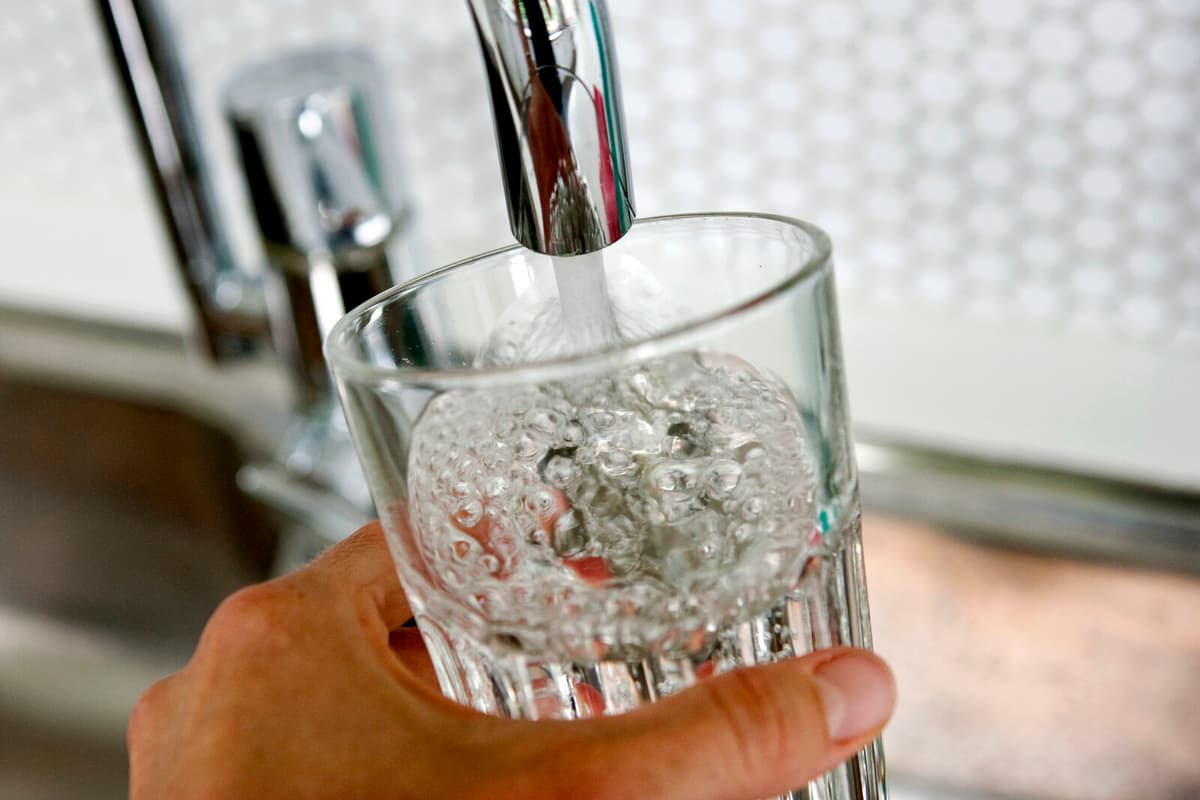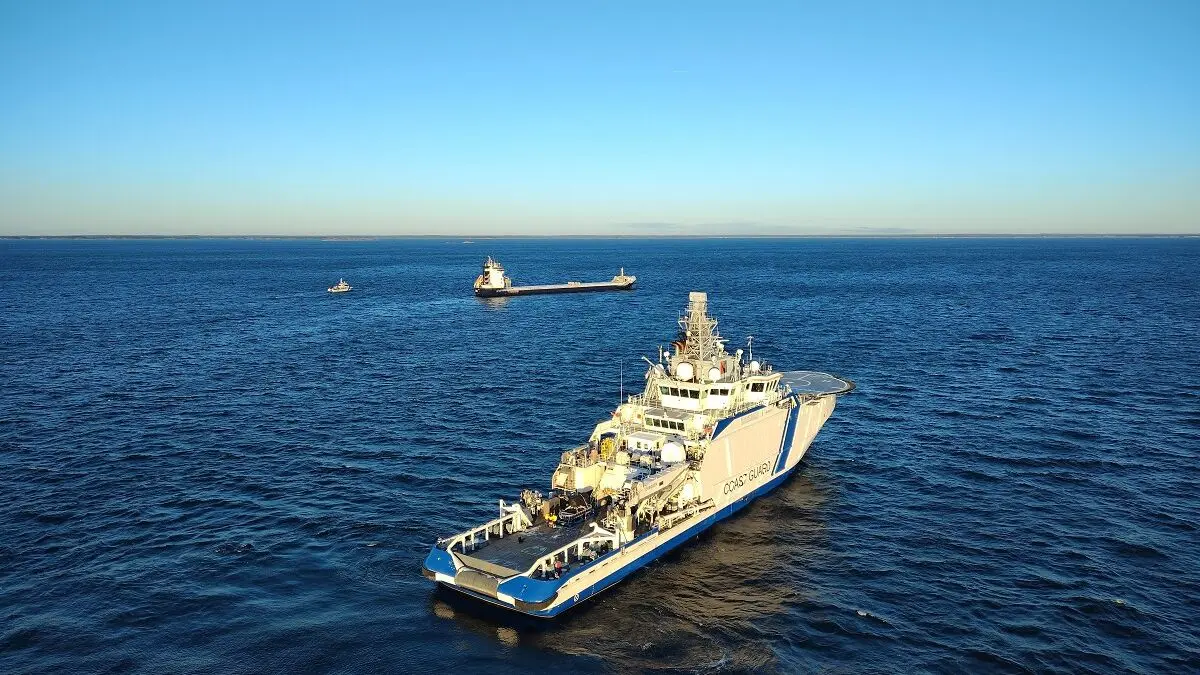Around Sweden, several municipalities – including Västerås, Uppsala, Halmstad, and Gävle – are working to reduce the levels of PFAS chemicals in drinking water. This is to avoid exceeding the National Food Agency's new limit value, which applies from January 1, 2026.
The total cost of PFAS purification in drinking water is estimated to be 5 billion kronor in investment and 1 billion kronor in annual operating costs for the country's municipalities.
The polluter should pay, according to the "Polluter Pays Principle" found in the Environmental Code, EU, and OECD. But unfortunately, the cost of PFAS purification may end up on the water and sewage tax, says Bertil Lustig, drinking water expert at Svenskt Vatten.
In many cases, the cause of PFAS contamination is the Defense Forces' previous emissions through firefighting foam. In Uppsala, it is also the Defense Forces that will pay for the purification since the Supreme Court in the spring chose not to try the judgment after the Defense Forces' appeal. The Defense Forces are also considered responsible for PFAS contamination in Halmstad's drinking water and will compensate the water company for the purification work.
Increased tax
In Västerås, however, the bill for PFAS purification will land on consumers. There, the levels from one of the waterworks need to be reduced, while the cause of the contamination has not yet been determined. Mälarenergi Vatten and Västerås City are now conducting an investigation into PFAS in drinking water, possible sources of contamination, and possible purification technologies with the help of the Sweco group.
"The water and sewage tax will need to be adjusted when PFAS purification is put into operation," says Jenny Holmberg, press officer at Mälarenergi Vatten in an email response to TT, and adds:
"Neither Mälarenergi Vatten nor our customers have done anything wrong. But it is – at least for now – with our customers that the costs end up."
Highlighted in investigation
Increasing demands for purification of drinking water can become unreasonably expensive for municipalities, says Pär Dalhielm, CEO of Svenskt Vatten.
The price of water will increase and be charged on the water and sewage tax, he says and has called for more government involvement in the issue.
Drinking water falls under the Minister for Rural Affairs' area of responsibility, says Diana Ayoub, chief of staff to Minister for Rural Affairs Peter Kullgren, but emphasizes that the issue is relevant to several ministers.
"The need for investment in water infrastructure is significant, which is highlighted in the VA preparedness investigation that Environment and Climate Minister Romina Pourmokhtari received in December. The report is now out for consultation," writes Diana Ayoub.
Ebba Blume/TT
Facts: This is PFAS
TT
PFAS is a group of chemicals and stands for per- and polyfluorinated alkyl substances, sometimes called highly fluorinated substances. They are used in a variety of products, such as frying pans, clothing, ski wax, food packaging, and firefighting foam. They are called eternal chemicals because they do not break down in nature and can be stored in the body.
PFAS substances are linked, among other things, to certain types of cancer, effects on the immune system, liver damage, cholesterol problems, and reduced fertility.
As knowledge about PFAS has increased, the limits have been lowered and cover more PFAS substances. From January 1, 2026, a new PFAS limit will apply, which has been lowered from 90 to 4 nanograms per liter of drinking water.
The Defense Forces' emissions of PFAS through firefighting foam have been highlighted in several places in Sweden, such as in Kallinge, where the municipality was ultimately convicted of not being able to protect residents from the spread.
Sources: Svenskt Vatten and the National Food Agency.





